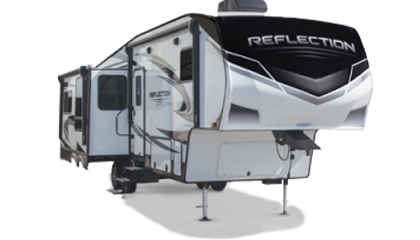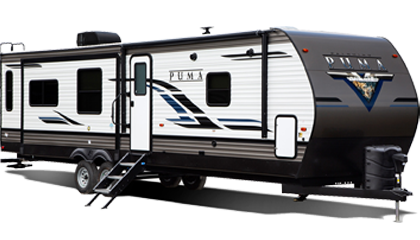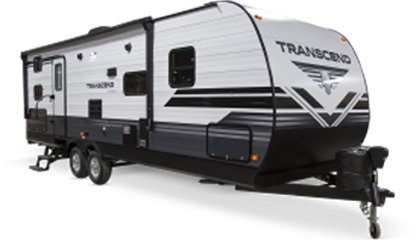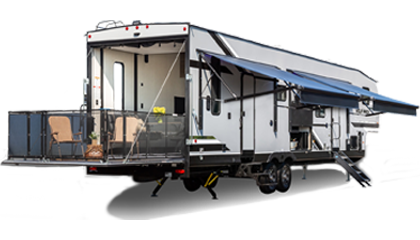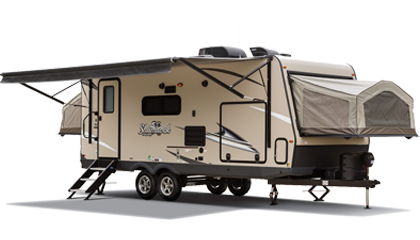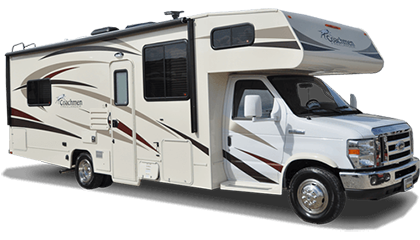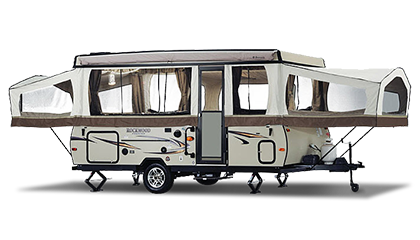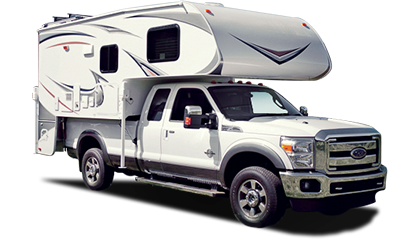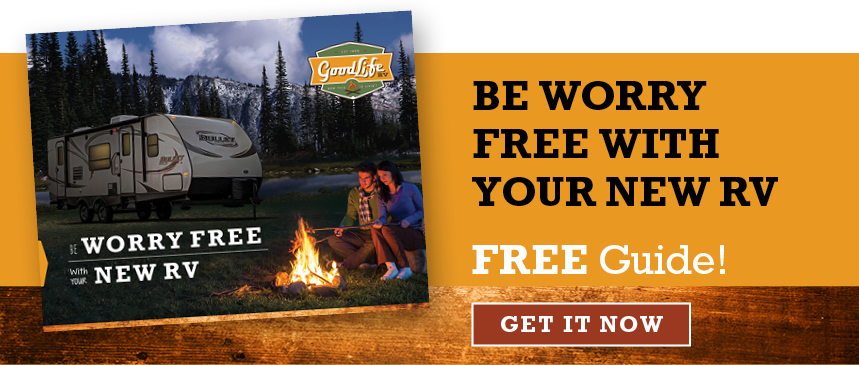6 Things You Need in Your RV Emergency Kit
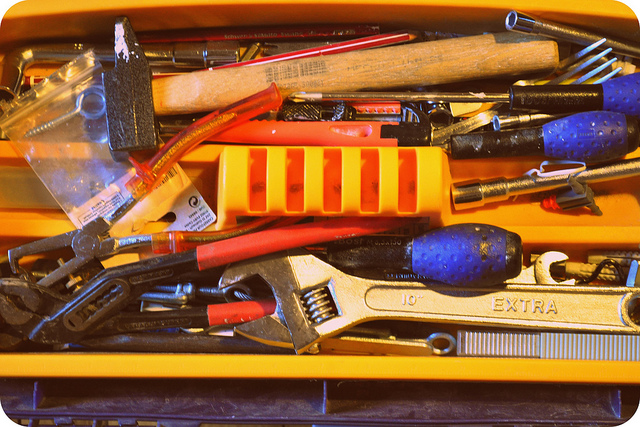
It’s 2 a.m., and you’re on the side of the road 10 miles south of Yellville, Arkansas. There’s no one around you, it’s raining slightly and you’ve got a flat.
This is the less-than-glamorous side of RVing that no one tells you about. When you’re looking at RVs online, everything looks like sunshine, roses and camping in the woods around a campfire. But, inevitably, some emergency will befall your trip, and you had better be prepared for it.
Here are the six key things that RVers need in their emergency kit.
BATTERIES
Assuming you have a flashlight – which you should – the next best thing to have is batteries. Eventually, that flashlight will die, and it will probably be at the worst possible time. Another solid option would be to have a rechargeable flashlight that is always on the charger, except when in use.
FLARES
If you’re on the side of the road and you need help – or just need fellow drivers to see you – flares are just the thing you need. They might seem unnecessary now, but they’re a cheap investment in your safety to put in your toolbox. They also have an incredible shelf life.
TRACTION AID
When it’s sleet and snow that’s got you stuck, having some traction aid handy can keep you from spinning your wheels. They range from cheap to expensive: a few pounds of kitty litter can rescue you from an icy problem, but tire chains are also effective but cost a bit more.
TOOL KIT
Having a tool kit on board seems like a bit of a no-brainer, but seasoned RVers would be surprised at how many novice drivers don’t have one. What goes in your toolbox is up to you and is dependent on what sort of camper, RV or trailer you have. A socket wrench set, crescent wrenches, pliers and screwdrivers.
HI-VIZ VEST
When you’re stranded on the side of the road in the dark, your flannel shirt and jeans aren’t going to make you visible to other cars whooshing by on the highway. And when you’re working on a flat tire on the shoulder, being as visible as possible can save your life.
A high-visibility vest can keep you from being a hood ornament of a passing truck. They’re easy to fold and compress into a glovebox or tool kit – and can even double as a last-minute halloween costume.
PROXIMITY TESTER
Your RV is made of metal, and when you plug it into shore power, you’re pumping voltage into it. If that shore power is damaged, you run the risk of deadly electrical problems, including “hot skin,” when the RV itself is electrified.
Testing out your electrical input with a proximity tester ahead of time helps ensure the polarity of any 120-volt AC receptacle you plug your shoreline cord into, and helps check for hot skin conditions, shorts and open circuits.
Photo courtesy vialbost

